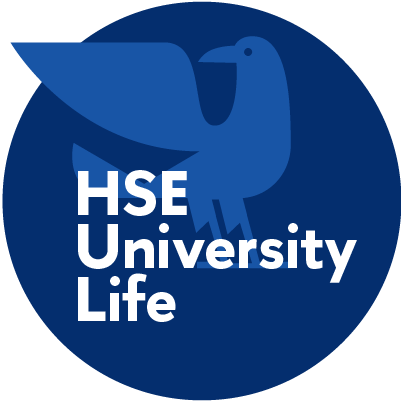- A
- A
- A
- ABC
- ABC
- ABC
- А
- А
- А
- А
- А
How Student Performance Changed During Remote Learning
HSE University’s study offices have analysed the impact of remote learning on the quality of education. For this purpose, two study periods were compared: 2019-2020 and 2020-2021. Last academic year, the first semester was taught completely on-site, while this year, it was mostly in hybrid format. The results demonstrate that neither teaching nor the quality of courses have worsened, while average grades have even improved somewhat.
How Students Assessed the Quality of Teaching
The results of Student Teaching Quality Assessment (STQA) in the first semesters of the current and the previous academic years show that there has been no decline in student assessments of their teachers and courses over the period of remote learning (small differences have mostly been in favour of the current year).
Meanwhile, the share of students who highly rated the opportunity to discuss study-related issues with teachers has grown by one percent to reach 87%. The Office for Degree Programmes believes that this signals that the measures to maintain and even expand consultations for students have proven to be effective.
Assessment of teaching clarity and consistency has improved by 2% (reaching 84%). This means that HSE teachers have undertaken significant work on methodology and that online teaching is now often even more structured than on-site, the study offices commented.
How Academic Performance Changed
The Office for Degree Programmes also analysed the pandemic’s impact on student performance.
For the first semester of the current academic year, the average grade of students on all campuses (before retakes) was 7.77 as compared to 7.52 for the same period last year.
Students who received at least three grades in two modules were selected for this performance analysis. The sample included grades for courses and term papers.
The average grade in the samples was 7.8 in the 2020/2021 academic year and 7.45 in 2019/2020. In 2020, the share of students with ‘unsatisfactory’ grades (less than 4 on a 10-point scale) fell twofold as compared to 2019, while the share of students with ‘excellent’ grades grew by 25%. The shares of students with ‘good’ and ‘satisfactory’ grades remained the same.
The highest increase in average grades was observed at the Graduate School of Business and the Faculty of Computer Science: by 0.64 and 0.66 points, respectively. The only decrease was observed at ICEF – by 0.15 points.
The highest average grades in these two periods were observed at the School of Foreign Languages – 8.32 (7.94 in 2019), and the lowest at ICEF – 5.88 (6.03 in 2019). Average grades in other faculties were mostly in the range of 7 to 8.
Anna Korovko
Senior Director for Full Degree Programmes
All in all, we are observing a minor increase in average grades among all students. The change in teaching technique has led to redistribution in student categories: the share of high achievers has grown, while the share of underachievers has decreased.
The reasons behind this may lie in teachers improving their work to prepare materials (digitalization, more detailed control of students’ independent work with the use of digital tools) and the increase in teacher-student communication; the reverse may also be a factor, such as the loosening of teachers’ control over student performance.
We have already started to thoroughly investigate the reasons that led to changes in the performance pattern. Single cases when teachers changed the assessment strategy will be analysed and summarized in the coming weeks.

